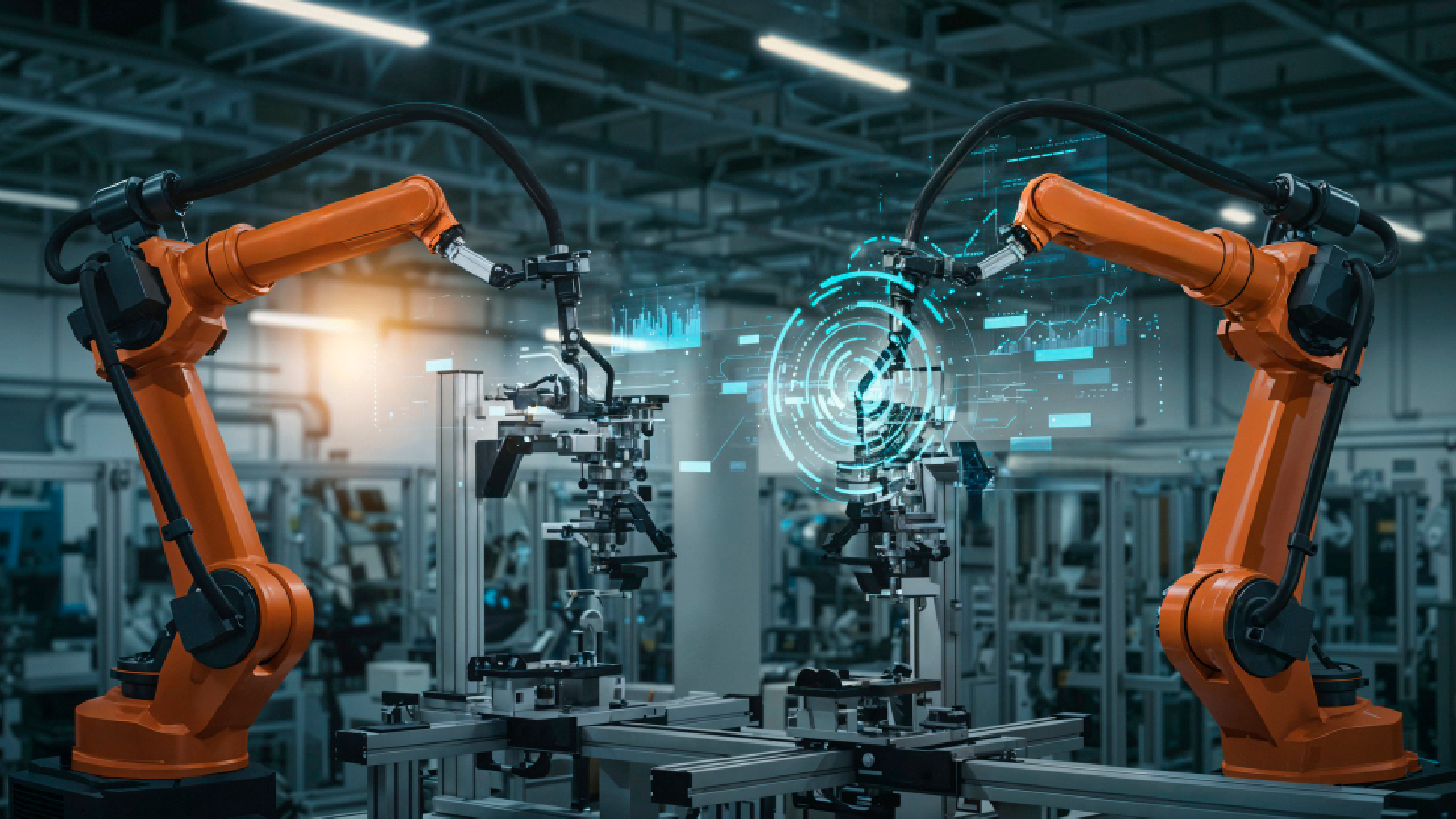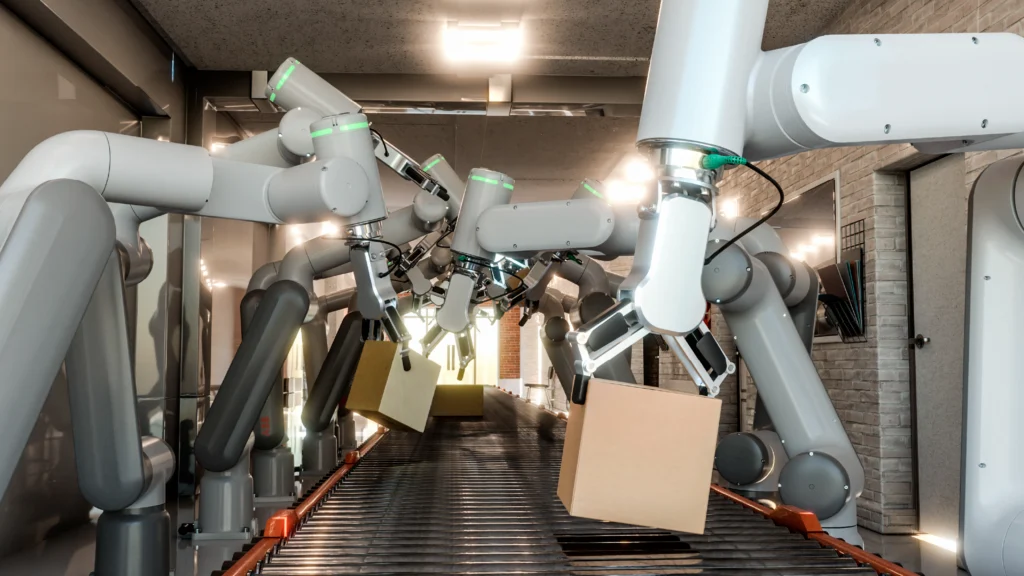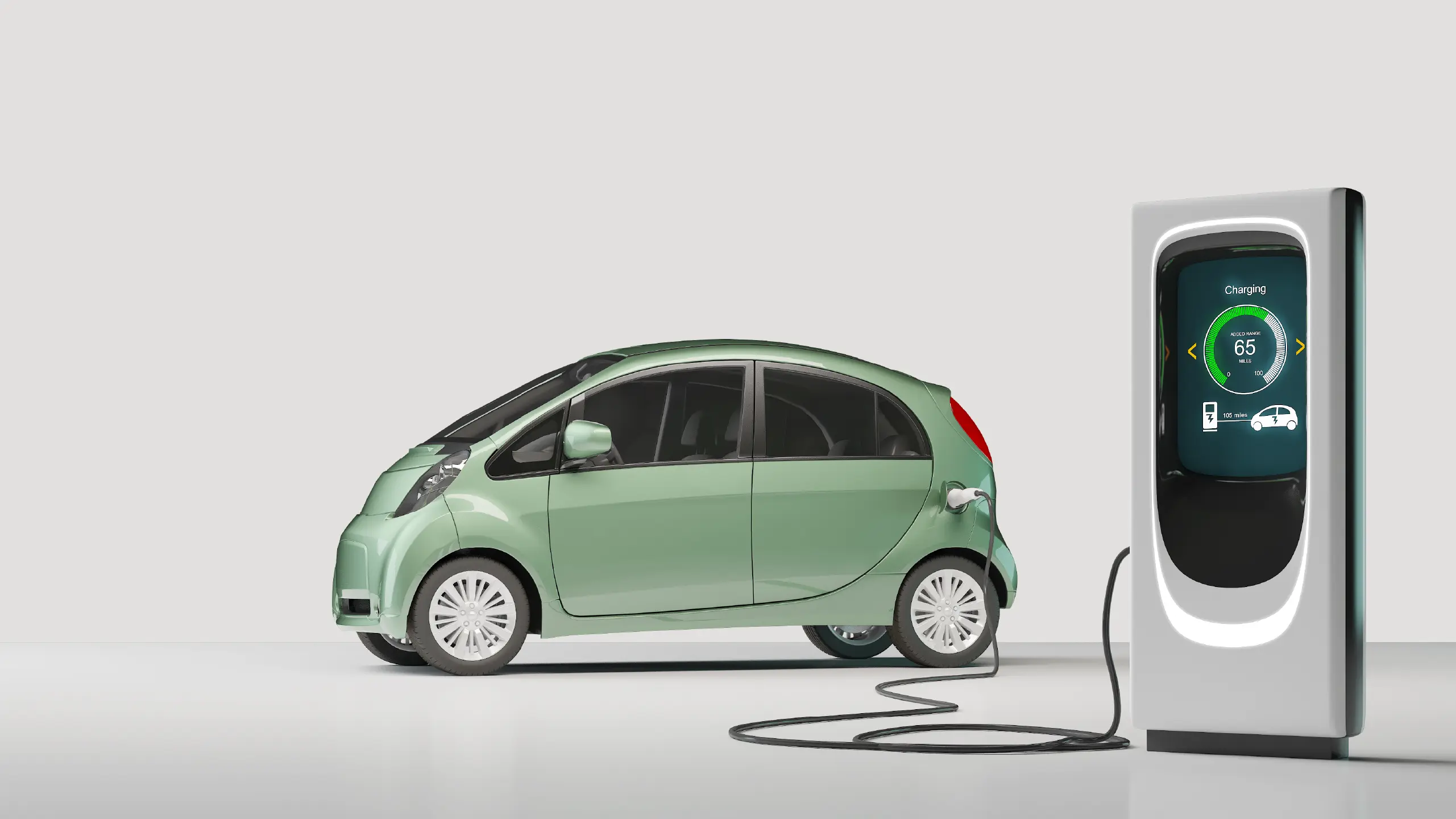
The Role of AI in Automotive Manufacturing: From Assembly Line to Aftermarket
From Grease to Gigabytes
There was a time when automotive manufacturing was all about steel, sweat, and speed. Then came robotics, and suddenly, arms were welding faster than humans could blink. Fast forward to 2025, and we’re in a world where AI in automotive manufacturing is not just a buzzword—it’s the new brain under the hood.
From the hum of the factory floor to the silent data transmissions post-sale, artificial intelligence in car production is transforming every lug nut, dashboard, and drivetrain. Welcome to an industry where even your bumper might have its own algorithm—and Blackwater is here to help you understand how and why.
As a leading market research company, Blackwater doesn’t just track trends—we decode revolutions. And the rise of AI in the automotive industry is nothing short of a revolution.
The Age of Smart Manufacturing: No More Guesswork, Just Good Data
First things first: smart manufacturing in the automotive sector isn’t just about robots that don’t need lunch breaks. It’s about predictive intelligence, adaptive systems, and zero-defect ambitions.
Gone are the days when production managers relied on experience and elbow grease. Today, they rely on predictive analytics, AI-powered quality control, and machine learning that gets smarter with every tire that rolls off the line. With Blackwater’s deep-dive market insights, businesses can track how smart manufacturing is quietly becoming the backbone of automotive success.
Imagine this: an AI system that notices a microscopic anomaly in a weld seam before any human eye can. Or a machine learning model that predicts when a piece of equipment is about to fail, scheduling maintenance before your plant grinds to a halt. That’s not science fiction—it’s AI in automotive manufacturing, and it’s happening right now.
Design & Development: When AI Becomes Your Head of R&D
AI in automotive manufacturing doesn’t clock in only when the welding torches ignite. It starts way earlier—at the blueprint stage.
Designing a car today is like designing a rocket ship. Except it has to be prettier, cheaper, and available in “Electric Blue.” Enter artificial intelligence in car production, which uses generative design algorithms to rapidly prototype car models that meet aesthetic, aerodynamic, and manufacturing constraints all at once.
Want to design a chassis that’s 10% lighter but 30% stronger? AI’s got you. Need to test 200,000 crash simulations before lunch? No problem—your neural network just had coffee.
And let’s not forget digital twins: AI-powered replicas of car parts that simulate wear, tear, and tantrums (aka, real-world usage) before the physical version ever gets made. Blackwater’s market intelligence reports show an explosion in digital twin adoption across auto R&D departments—and with good reason. They slash design costs, time to market, and late-stage errors.
The Assembly Line Reimagined: Iron Arms with Silicon Brains

Now we move to the heart of it all: the factory floor. You remember those robotic arms doing the same task over and over again? They’ve been promoted. Today, those arms are AI-powered, camera-equipped, and decision-making mini-hulks.
This is smart manufacturing in the automotive sector in its full glory. The AI isn’t just controlling motion; it’s analyzing, adjusting, learning. Sensors track everything from torque to temperature, while vision systems ensure that every screw and seam meets micro-precision standards.
AI in automotive manufacturing means that the production line is now more orchestra than conveyor belt. Each robotic unit syncs with others based on real-time data. If there’s a delay in one station, the rest of the line self-adjusts to minimize downtime. These systems aren’t just automated—they’re autonomous.
And it gets better. Thanks to AI, factories can now run lights-out manufacturing shifts—yes, literally with the lights off. No humans needed, just algorithms doing their thing in the dark. Creepy? Maybe. Efficient? Extremely.
Supply Chain Sorcery: When AI Predicts the Unpredictable
Let’s be honest: supply chain management during a global pandemic or a chip shortage felt like trying to solve a Rubik’s cube while blindfolded and on fire. But AI in the automotive industry has given manufacturers X-ray vision into their supply lines.
Blackwater’s recent industry research found that AI-powered supply chain platforms have reduced procurement delays by over 35% in leading OEMs. How? Predictive algorithms monitor everything from weather disruptions in Malaysia to political unrest in Eastern Europe to forecast delivery risks.
AI can also optimize inventory—not just reacting to shortages, but predicting demand surges based on historical data, social media trends, and even Google search queries. Did TikTok just make a certain SUV go viral? Your AI already placed a steel order in anticipation.
This predictive edge is not just nice to have—it’s a necessity. In an industry where delays can cost millions per day, AI transforms chaos into choreography.
Quality Control Gets an Upgrade: Goodbye, Human Error

Remember the dreaded “recall”? Entire fleets of vehicles brought back for defects that could’ve been caught earlier? Well, artificial intelligence in car production is reducing the chances of that happening—dramatically.
AI also enables anomaly detection on a whole new level. A slight shift in vibration patterns? Could mean a misaligned drive shaft. A heat spike in a microsecond? Might be a loose terminal. In milliseconds, the system can flag, stop, and reroute for inspection.
According to Blackwater’s latest forecast, automotive brands investing in AI-powered quality control have seen up to 40% fewer production defects within the first year of implementation. That’s not just impressive—it’s revolutionary.
Post-Sale Magic: The Aftermarket Gets Brainy
Once the car leaves the lot, you’d think the role of AI ends. But oh no—it’s just getting warmed up.
In the aftermarket space, AI helps predict when your car will need servicing, how your driving patterns affect wear, and even which parts are most likely to fail in different geographies. It’s like having a mechanic in your glovebox—without the overalls.
For dealerships and service centers, AI-driven CRM tools personalize service reminders, offer promotions based on driving data, and manage parts inventory like a backstage wizard. Blackwater’s reports show that auto brands using AI-enhanced aftermarket systems are seeing higher retention rates, better upselling opportunities, and happier customers overall.
Fleet management? Entire companies now rely on AI to schedule maintenance, optimize routes, and prevent breakdowns before they occur. It’s not just smart—it’s proactive, predictive, and profitable.
The Role of AI in Sustainability: Cleaner Cars from Smarter Plants

Let’s talk green.
AI in automotive manufacturing isn’t just about speed and savings—it’s also making sustainability more than a PR checkbox. By optimizing material usage, energy consumption, and waste disposal, AI helps manufacturers reduce their carbon footprint without sacrificing performance.
Smart systems detect inefficiencies in power use and adjust accordingly. AI-driven recycling programs track where materials come from and where they can be reused. And perhaps most importantly, AI is enabling circular manufacturing—where end-of-life vehicles are disassembled and reincorporated into the supply chain like the phoenixes of the freeway.
At Blackwater, we’ve identified AI-led sustainability as one of the top five growth opportunities in the auto sector for the next decade. If you’re not going green with AI, you’re just going.
Challenges Ahead: It’s Not All Vroom and Zoom
Of course, it’s not all smooth driving. Implementing AI in automotive manufacturing comes with potholes—cybersecurity threats, algorithmic biases, and the good old fear of job displacement.
Also, AI systems need data—lots of it. If your data is messy, siloed, or suspiciously absent, even the best AI won’t save you. Blackwater helps companies not just adopt AI but prepare their data infrastructure for it. Because an AI is only as good as the data it’s fed—and if you give it junk, it’ll hand you back a lemon.
Regulatory hurdles also abound. Who’s responsible if an AI decision causes a safety lapse? How do you audit a self-learning system? These questions don’t have clear answers yet—but they’re being asked loudly across boardrooms and manufacturing summits alike.
Conclusion: AI Isn’t the Future—It’s the Factory Floor
The role of AI in automotive manufacturing is no longer a sci-fi subplot—it’s the main storyline. From the drawing board to the dealership, artificial intelligence in car production is optimizing every gear, gasket, and greeting email.
Smart manufacturing in the automotive sector isn’t optional anymore—it’s foundational. And with Blackwater as your data co-driver, your journey into AI won’t just be informed—it’ll be inspired.
So the next time you hear someone say “robots are taking over the world,” just smile. Because in the automotive industry, they kind of already have—and that’s a good thing.



